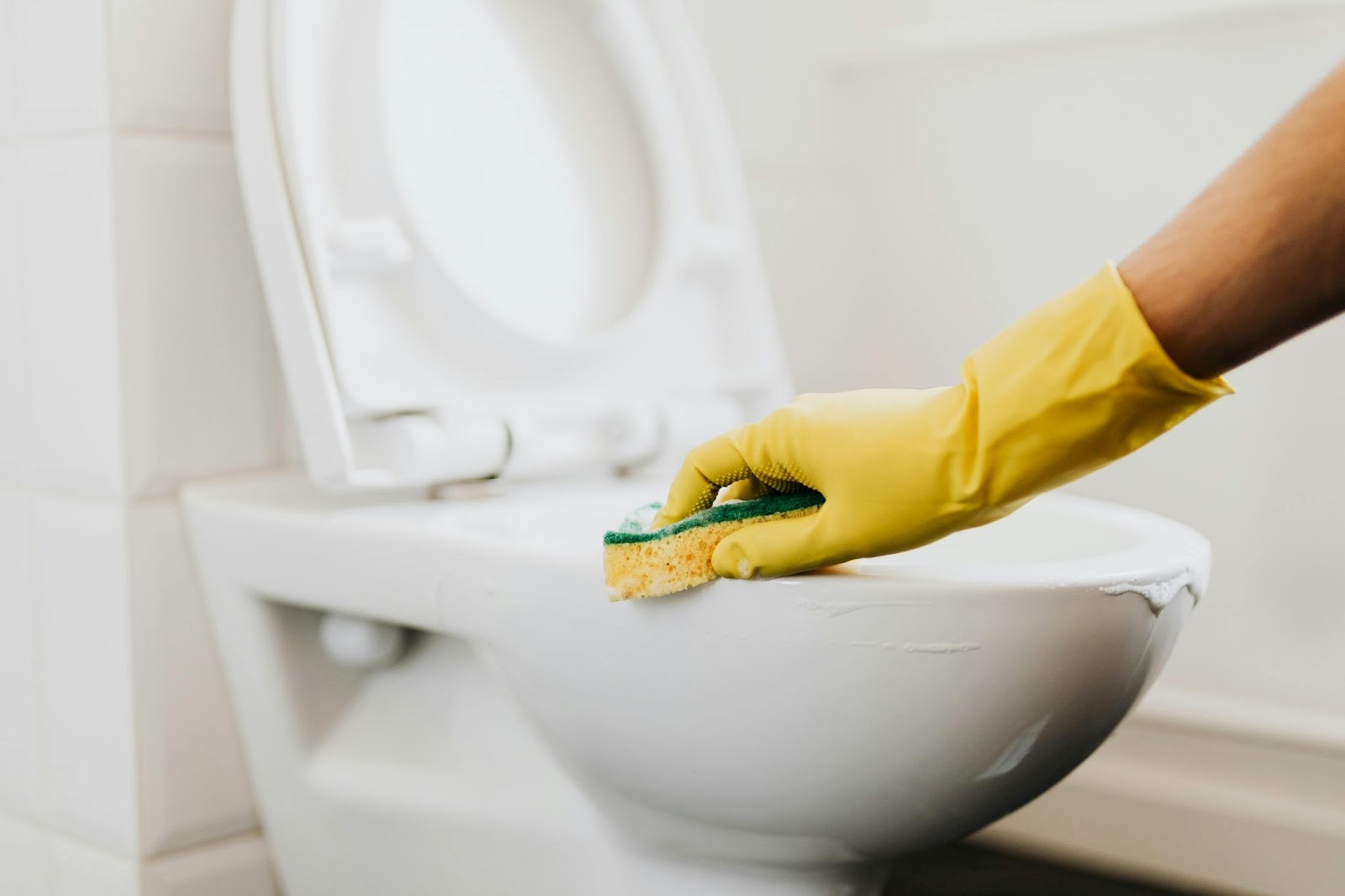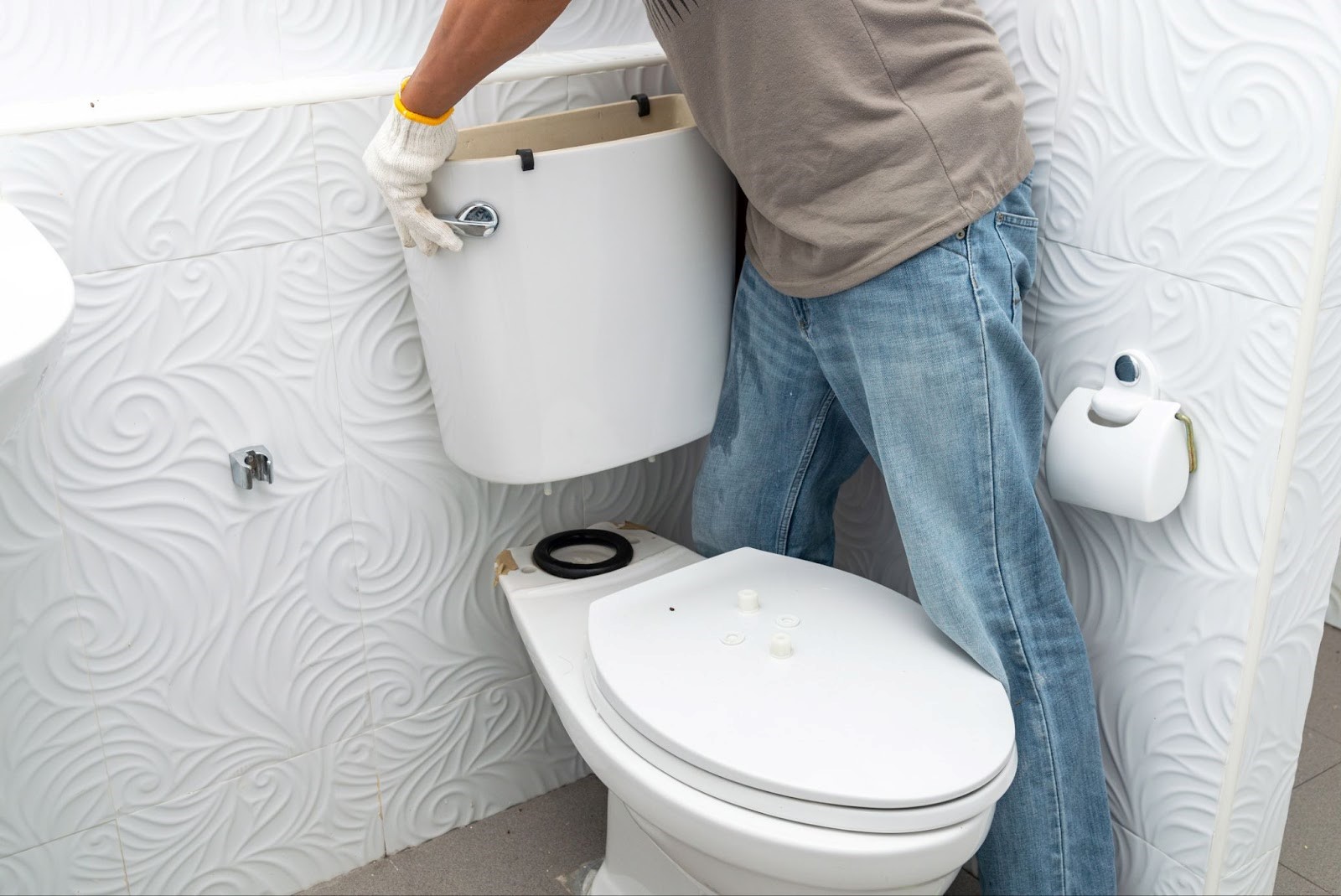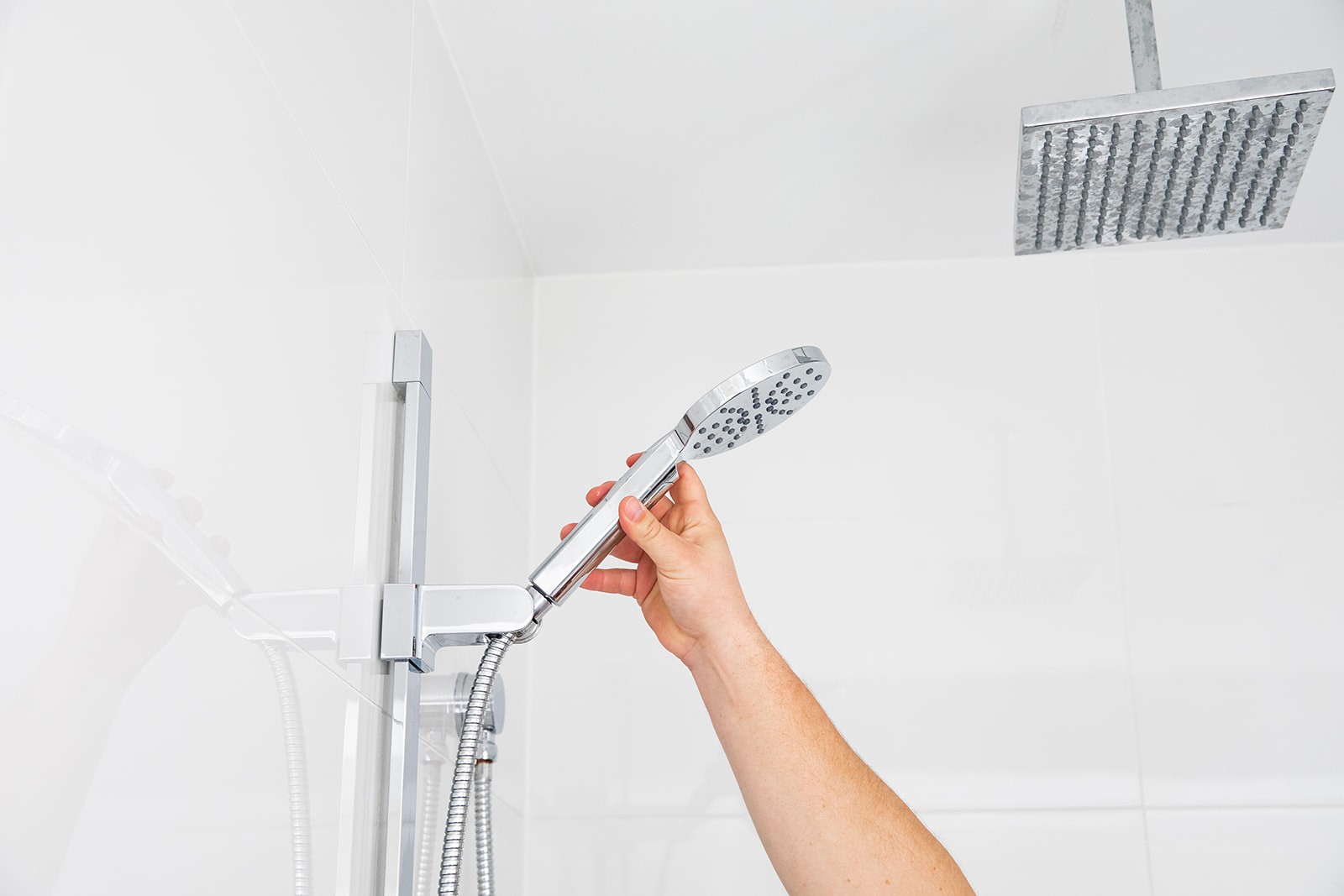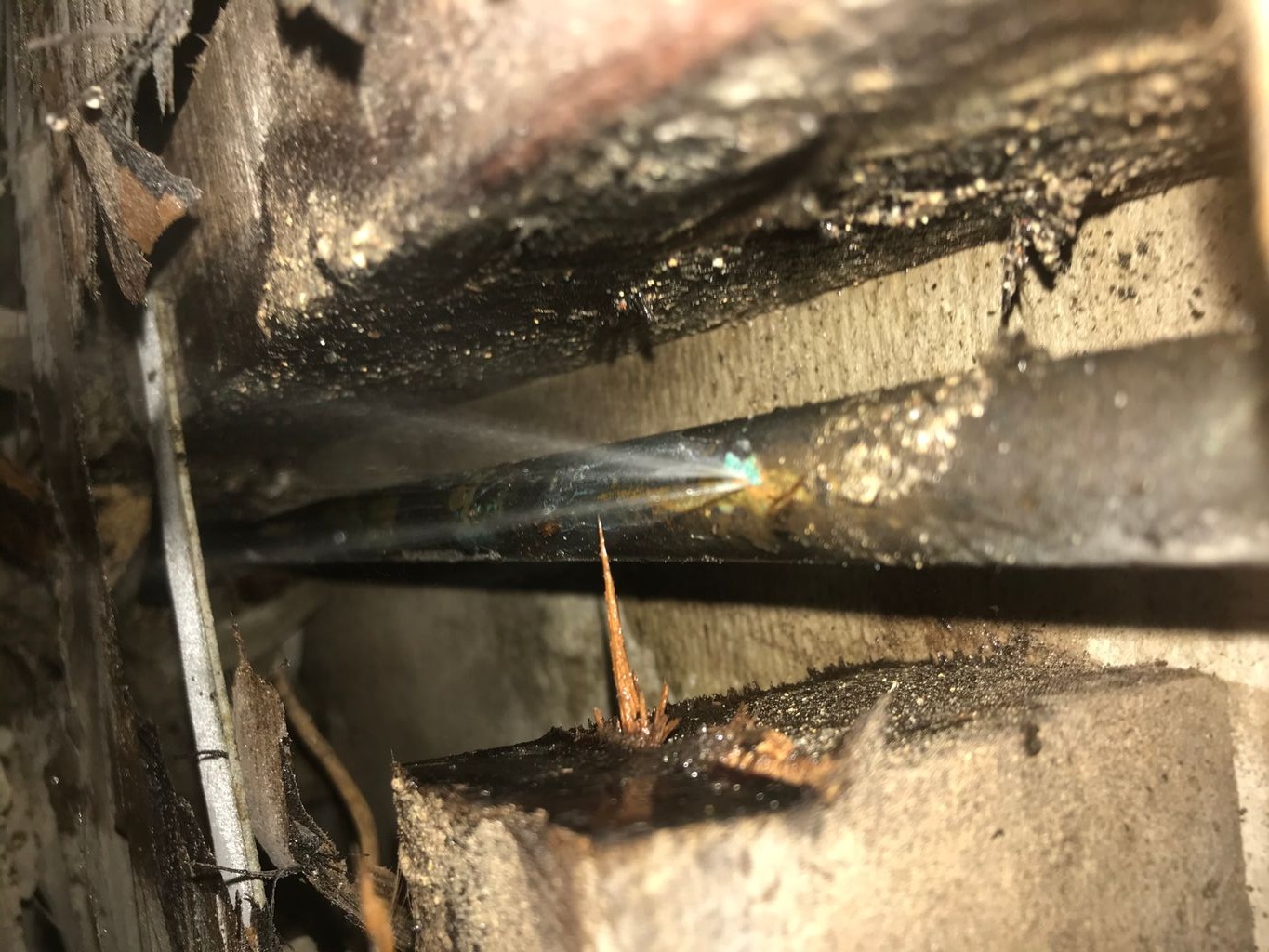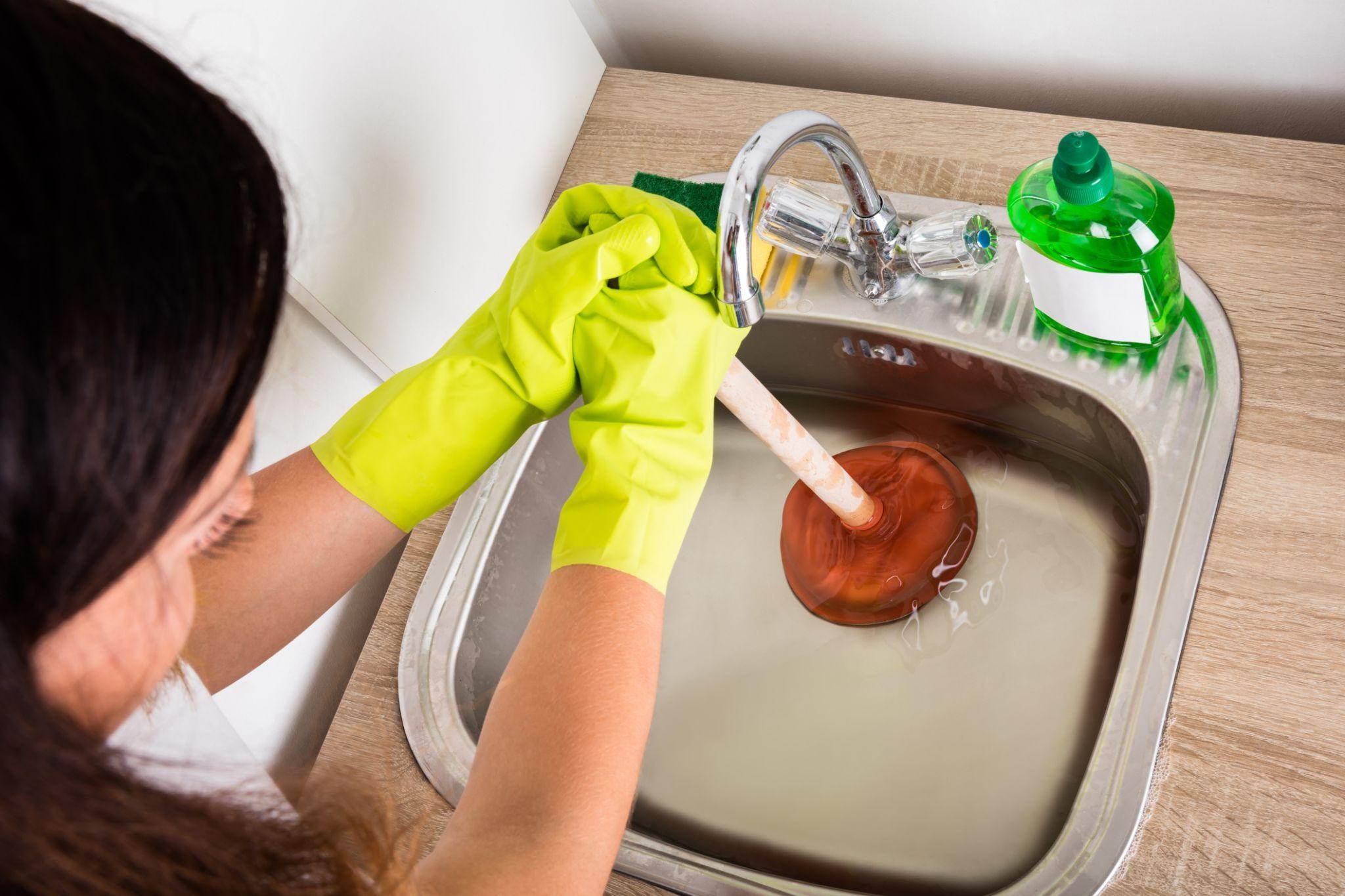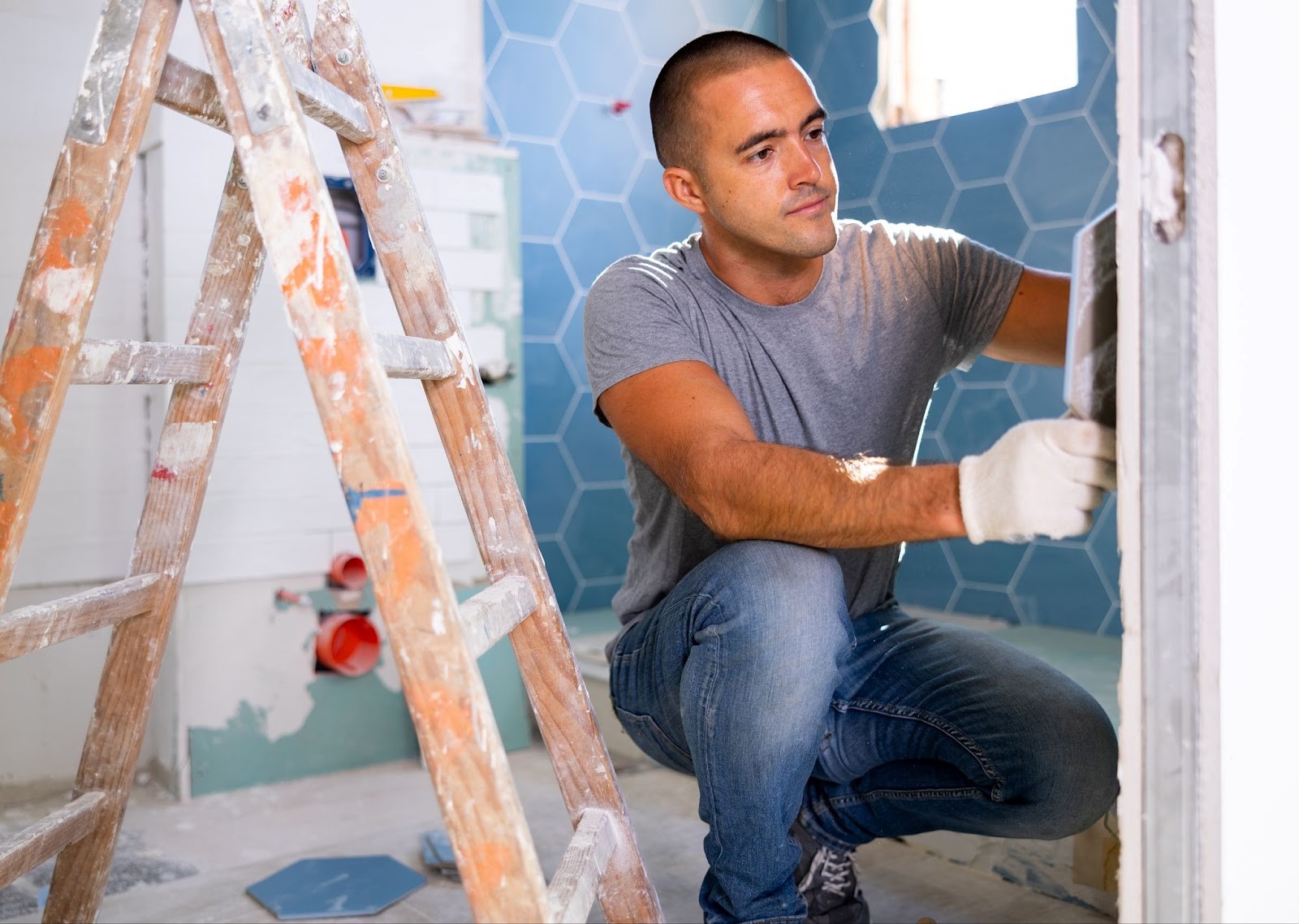High water pressure (over 600KPA) and what it does to your plumbing infrastructure and fittings
Water which is being forced through the pipes at high pressure can cause the pipes it travels through to experience more wear and tear which leads to more frequent burst pipes, increased water hammer, premature wear on tap and toilet parts and water using electrical appliances such as icemaker fridges, dishwashers, washing machines and hot water units. It can also increase water usage if restricted outlets have not been fitted in the property.
What will a pressure reducing valve do?
Water which is being forced through the pipes at high pressure before the
valve will be slowed down after the valve. This can help to ensure that the
pipes which the water travels through experience less wear and tear, and also that any fittings or joints are not over-pressured, which can lead them to leak or come loose.
Why is my water pressure so high & shouldn’t my local Council fix it & not me?
Water distribution systems in most Councils’ are spread out over great
distances and over various elevations, which force the water supplier to ensure they provide enough pressure to adequately serve all its consumers, but this means that some will likely be connected to a supply that is above optimal operating pressure. Typically people are comfortable with water pressures in the 300 to 600KPA range; hence, most areas have incorporated into their local plumbing code a provision requiring a pressure reducing valve to limit the supply pressure to 500KPA. In Gold Coast City Councils case all new homes must have a 500KPA pressure reducing valve installed at their water meter as part of the local plumbing code.
Unfortunately Council only take responsibility for issues with your water supply before your water meter and not after. The Council only have to supply a minimum water pressure to your property and there is no maximum pressure restriction on their supply and therefore protecting your property is your responsibility.



